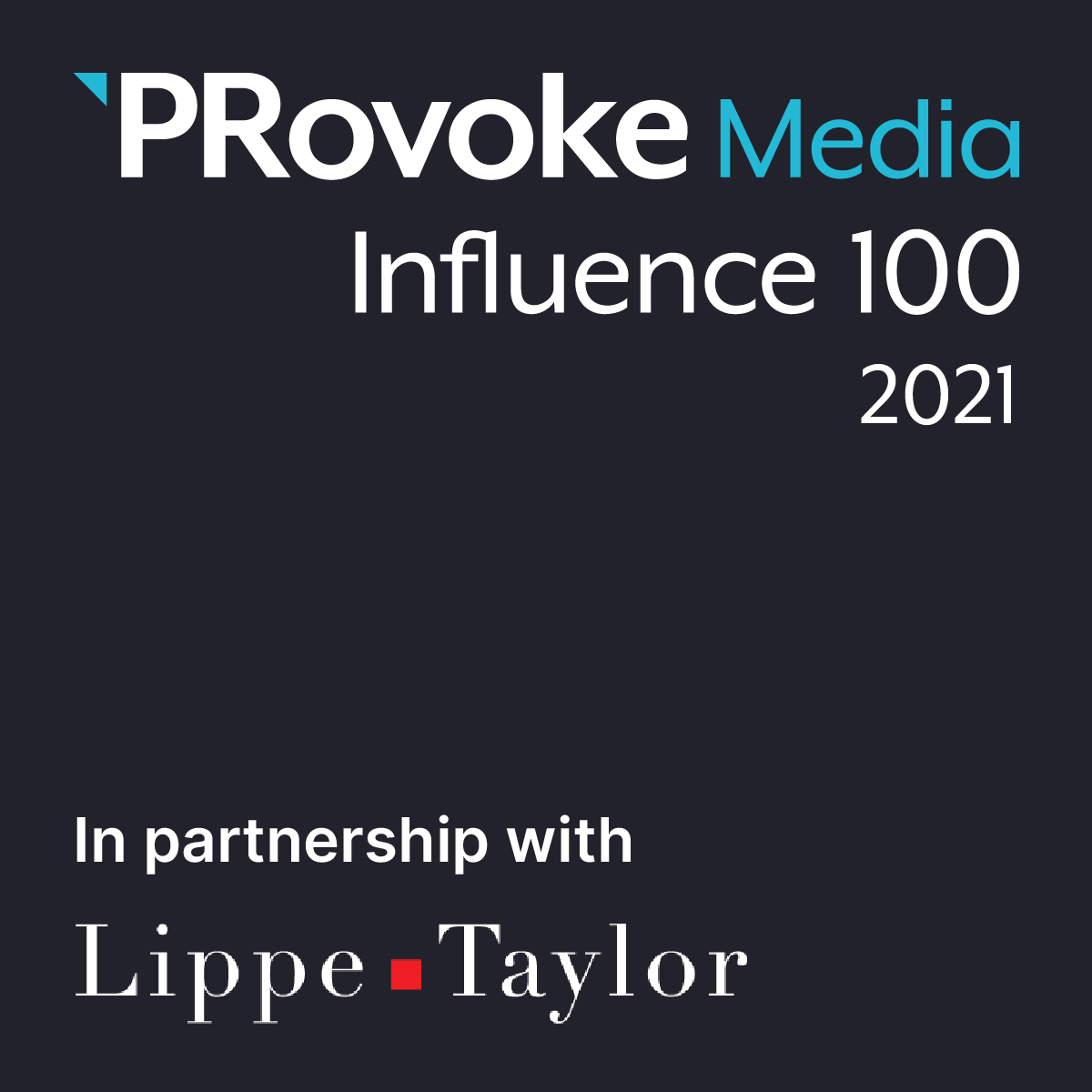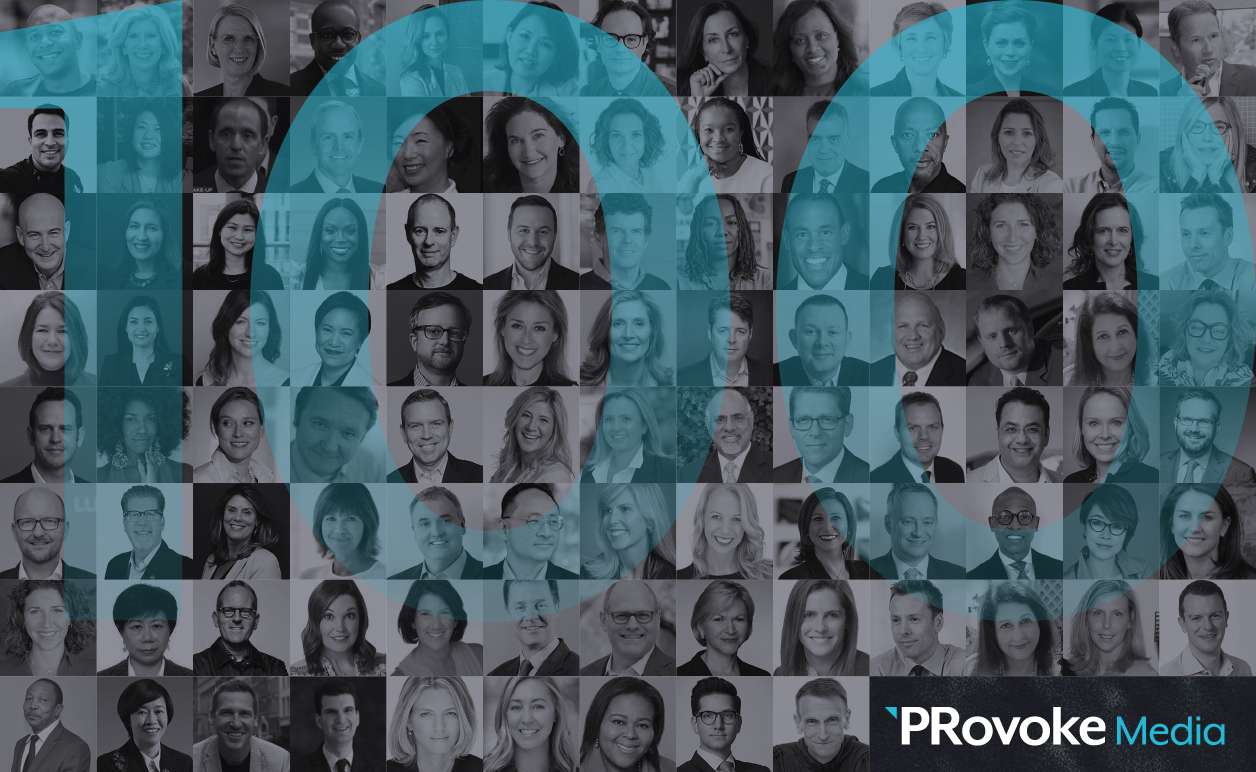
Insights: Future Challenges & Diversity
The following research is based on responses from a survey sent to this year's Influence 100, and when applicable, our own analysis and research. Because of rounding, some percentages might exceed 100%.
What are the biggest communications challenges your organisation is facing in terms of Covid-19?
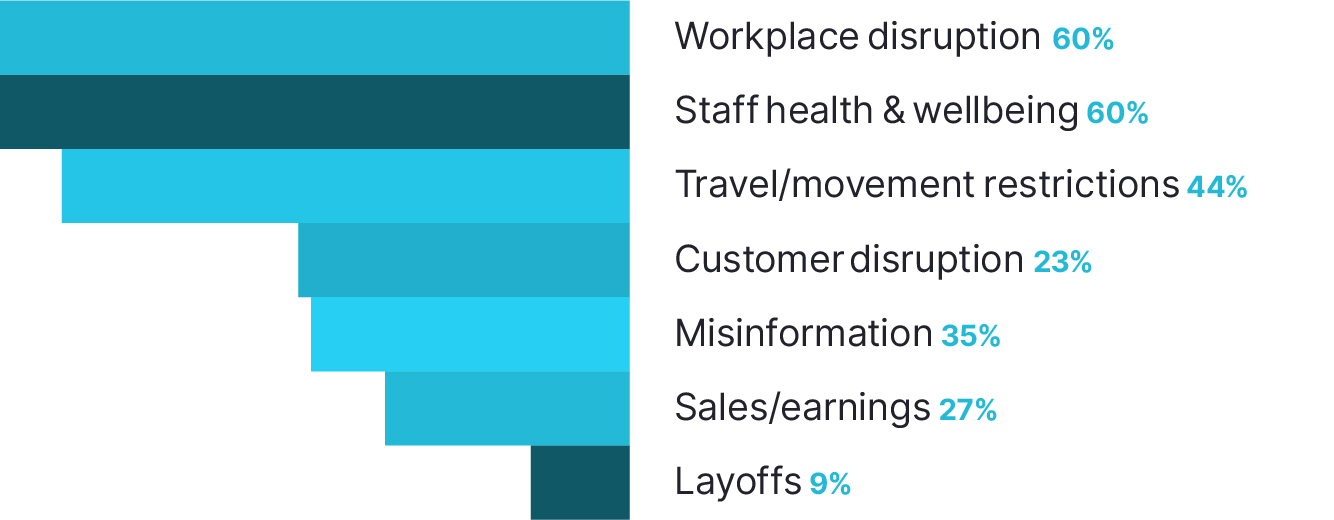
PRovoke Media has carried out several tranches of global research over the past 18 months into the ongoing effects of Covid-19, and we again specifically asked the Influence 100 sample of senior in-house professionals what they felt were the biggest communications challenges faced by their organisations now.
The top two responses – cited by 60% of respondents – were workplace disruption, up from 49% last year, and staff health and wellbeing, up from 46% in 2020. Last year’s top concern – travel and movement restrictions – was still a pressing matter as we progress through year two of the pandemic, with 44% saying this was one of their biggest communications challenges, compared to 51% last year.
As businesses have settled into new ways of functioning, the second biggest challenge last year, customer disruption, was seen as a big comms issue for only 23% this year, compared to 49% in 2020.
Sales and earnings were also less concerning, with only 16% saying this was one of their biggest communications challenges, compared to 35% last year. Misinformation was cited by 21%, compared to 27% in 2020, while 9% said layoffs within their organisation were a communications challenge, a similar number to last year.
CCO & CMOs: The Future
When we asked our respondents about their predictions for the future of the CCO and CMO roles within businesses, the responses were largely aligned. Many, as in previous years, feel that there will be more integration and a blurring of the two roles: “There is a need for more integration across disciplines and multi-dimensional measurement”; “The lines between communications and marketing will continue to soften”; “I see an integration of both roles in the future”; “The jobs may well blend and blur when both roles are held accountable for measurable outcomes”; “The two roles will be increasingly blended. What matters is the idea and ability to engage. I see the classic CMO role as generally reducing in importance.”
Others felt that rather than blurring or blending the roles, working more closely together was the main change to come: “We need to be wholly aligned”; “there is an increasing need to operate cooperatively; earned media/owned media/social media all have common elements”; “The pendulum is swinging back to cooperation vs. competition.”
Still others thought the roles would continue to evolve separately, with one respondent saying: “Contrary to what pundits were predicting for years, I think CCO and CMO roles in big corporations will forever be separate simply because they have different audiences and metrics. The examples of CCOs taking over marketing functions are exceptions to the rule, not the rule.” Another of our cohort said: The CMO role is definitely becoming about more than marketing and broadening to include all realms of digital engagement, while the CCO role is continuing to evolve beyond the realm of communications and responsible for broad reputation.”
Linked to this, there was a majority view, emerging for the first time this year, that the responsibilities of both roles would evolve as a direct result of the increasing business focus on environmental, social and corporate governance, and its link with reputation. Some suggested that this would lead to a rise in prominence of the CCO function:
“The CCO will need to lead integration of ESG across the enterprise.”
“The role of CCO is overtaking CMO with the growing reputational, economic, environmental and social impact expectations of companies, leaders and brands.”
“Best-in-class chief communication officers and chief marketing officers will continue to see their responsibilities broaden and deepen as commercial and social/ESG challenges play out in a multi-stakeholder world.”
“The events of the last 18 months have accelerated the movement toward purpose-led agendas, as so many companies have stepped up to address pressing societal issues. Employees, customers and our communities increasingly expect brands to stand for more than just making profit. Chief corporate affairs, communications and marketing officers are working to more closely align their strategies to company mission and values in this new environment, advising and supporting C-suite colleagues.”
“Megatrends (economic/political shifts) and geopolitical frictions will mean the communications function will remain in a constant state of crisis and issues management. CMOs/CCOs will be expected to be polyglots who are able to connect the dots to anticipate risks faster and arm up complex strategies.”
“CCO roles will become increasingly meshed with corporate affairs and ESG issues, with implications on KPIs.”
“There will be a continued stronger focus on brand work that builds and maintains business reputation. Trade-driving activity is important but the critical element of brand purpose will become an even greater focus.”Others saw different kinds of developments for the roles within businesses – and a new set of required skills – driven by how data and technology will influence the direction of business and communications:
“Decisions will have to be data and research based, rather than experience or intuition based. CMOs and CCOs will have to become tech savvy, digitally proficient and empathetic.”
“CMO roles will become even more tech-driven, with automation driving scale, and the challenge will be to ensure investments in tech aren't at the expense of creative.”
“Use of AI for content creation and customer experience will see exponential adoption and create the need for a better understanding of the technology spaces by CMOs and CCOs.”
“Data-driven strategy for marketing and communications is fast-becoming table stakes across the board. Where marketing and communications play a central role in either business strategy realization or reputation risk management, boards of directors will have an increasing interest in the performance of marketing and communications to drive outcomes in dynamic competitive landscape, from transformation to commercial growth and culture.”
“CCO roles continue to be more valued by and relevant to the whole enterprise. CMO roles will continue to pivot through digital transformation to have a greater focus on performance marketing alongside brand management.”
Several respondents also see a greater link in the future between the role of the CCO and CMO and commercial success: “post pandemic, the foremost focus for businesses will be re-establishing growth, hence CMOs/CCOs will be expected to have skilled and capabilities towards enabling revenue and growth”.
Sustainability & Diversity


Diversity, equity and inclusion has continued to be a spotlight theme for the industry this year, but last year’s dramatic shift in what CCOs require of their PR agencies, and how committed they think the industry is to diversity, has somewhat slowed down.
In 2020, the number of our respondents who agree or strongly agree that their PR agencies must have an ethnically diverse team was up from 67% in 2019 to 86%; this year, it’s down to 78%. Many more were neutral compared to last year, too: 16% compared to 7% in 2020. And 6% of in-house leaders – a similar level to last year– still disagree or strongly disagree that their agencies must have ethically-diverse teams.
There is a more stable level of conviction when it comes to whether our respondents think the communications industry is committed to recruiting, retaining and promoting people of color: 52% agreed or strongly agreed, compared with 53% last year, compared to just 37% in 2017. A further 32% were neutral, up from 22% last year. And only 14% now think the industry is not committed to resolving issues of racial inequity, with no-one strongly disagreeing – compared to 25% who disagreed or strongly disagreed last year.
There is an equally broad spread of opinion about whether the industry is committed to recruiting, retaining and promoting people from diverse socio-economic backgrounds: 37% agree or strongly agree, compared to 33% last year, while 45% are neutral on this point and 18% disagree down from 20% last year. No-one strongly disagreed with this statement.
When it comes to gender, there’s been a worrying drop off in the number of CCOs who agree their PR agencies must have a gender-balanced account team, down from 82% last year to 73%, below 2019’s figure of 77%. There were also many more neutral respondents this year, although the number who disagreed that gender balance was a requirement of their agency teams was down notably to 2% from 11% last year.
There was a slight increase in the number of our influencers who agree that the industry is committed to recruiting, retaining and promoting women, from 84% last year to 82%. A further 16% took a neutral position, with only 2% saying they disagreed with this statement and no-one saying they strongly disagreed.
There’s a more confident response to the questions of whether the industry is committed to recruiting, retaining and promoting LGBTQ people: 70% agreed or strongly agreed it was, up sharply from 57% last year and 49% in 2019. A further 28% were neutral and only 4% disagreed with this statement, compared to 12% last year.
We also asked our Influence 100 to delve deeper this year, and come up with practical suggestions for what the PR industry could actually do to improve diversity, equity and inclusion.
Two areas of focus stood out in the responses: recruitment in general, and bringing younger people from more diverse backgrounds into the industry. In terms of hiring practices, our influencers suggested a number of ideas: “Change job descriptions to be more inclusive to diverse experiences and education and require a diverse candidate and interview slate”, “Insist on diverse shortlists”, “Demand diverse pools of talent when recruiting”, and the blunt “Embrace quotas”.
For many, a key element to resolving the industry’s diversity problem is at the grassroots, on internships and entry-level roles, working more closely with schools, colleges and universities, and educating young people about PR and communications: “Bring in more diverse talent straight out of university and develop them well”, “Coordinate better with universities”, “Inform urban high schoolers that communications is a viable career option”, “Recruit from non-traditional schools”.
Several respondents felt that the best way of improving diversity was to make the business case for it – “Stop over-celebrating diversity like it’s something that should be applauded and start making it a business imperative” – and some went further, suggesting that diversity statistics should be a required part of public business reporting: “Nothing changes behavior faster than a high wattage torch being shined on any issue.”
Another area with multiple responses was the need to support diverse talent better within organisations, including through mentoring and coaching. Other respondents said recruiting outside cities and major markets was crucial, with one suggesting: “Base teams in the heart of the community more to attract talent from different socio economic and ethnic backgrounds”.
One respondent eloquently summed up the complexity of the issue: “Businesses cannot solve the problems of today or tomorrow with a mindset of the past. With regard to diversity, equity and inclusion in PR, just do it! For the sake of innovation and relevance, cultivate and appoint leadership and account teams who have the cognitive diversity that comes from a fierce combination of the diversity you can see and the diversity you must inquire about (life experience, problem-solving style, barriers successfully overcome in life experience, leadership style). The two types of diversity are inter-related and invaluable for crafting teams and solutions that break convention and result in a competitive advantage.”
Which of the following types of 'social good' work do you anticipate being important for your communications function in the year ahead?
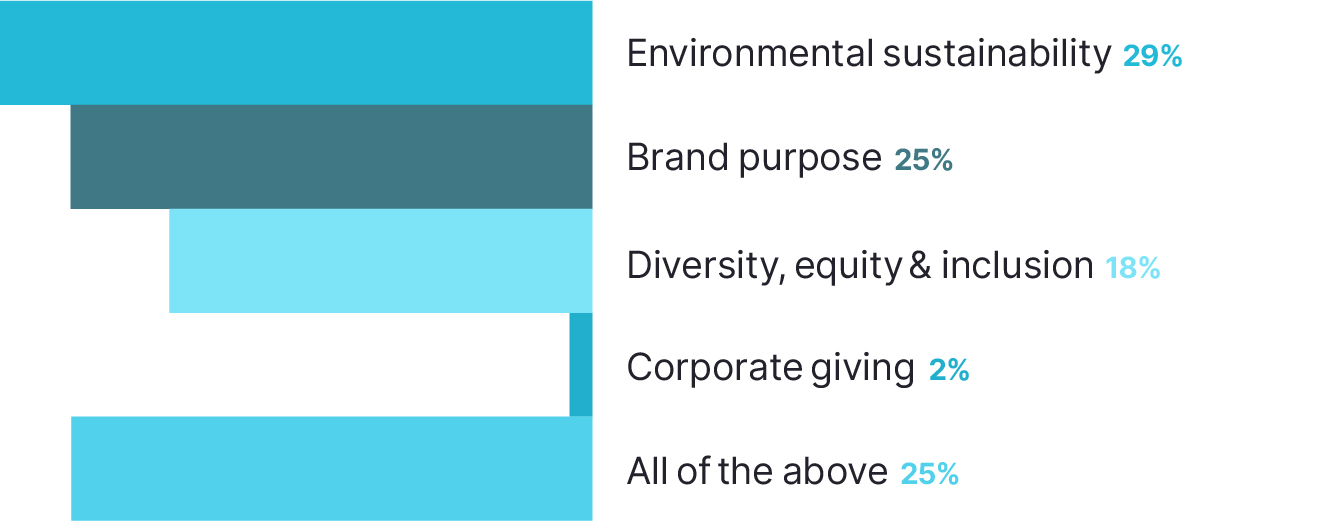
As the business world’s focus on being better corporate citizens continues, this year we asked the Influence 100 for the first time what kinds of work in the area we might call “social good” they thought would be important for the communications function in the year ahead. The top response, as we head towards COP26 and as the material impact of the climate crisis makes itself felt around the world, was environmental sustainability, with 29% of responses. The oft-mentioned brand purpose will be a priority for 25% of our influencers, while DE&I efforts will be important for 18%. Corporate giving, once the mainstay of business’ social conscience, was only seen as the most important area for 2% of the Influence 100. A further 25% said they anticipated that all of the options would be important for their communications function in 2021.
As a companion question to which areas of social good our influencers felt would be important for the comms function in the year ahead, we also asked them to tell us in their own words how their employees were responding to their company's efforts around ESG, purpose and DE&I.
The response was overwhelmingly positive, with many saying their teams were “engaged”, “highly involved”, “extremely receptive”, “hugely favourable”, “motivated”, “proud”, “committed” and “supportive”, with one going as far to say that “ESG has become a rallying cry.”
Other positive responses included respondents saying their employees were “Living the talk, moving beyond lip service to living service”; “There is a big appetite for information and participation from our workforce”, “High engagement and desire to become advocates for our ESG strategy and work to help deliver our 2030 goals”, and “We are slowly and steadily building a movement around this”.
Increased enthusiasm for volunteering linked to firms’ ESG, purpose and DE&I initiatives was mentioned by a number of respondents: “Unprecedented numbers of colleagues have volunteered their time, expertise and resources to help advance our shared vision for a more inclusive economy”; and “They are willing to volunteer their own time and efforts to support these causes.”
Many of our influencers said this positive response internally has had a further positive knock-on effect on recruitment and retention: “The response of our colleagues is both feeding into and reaffirming our ESG strategy and approach, enhancing favorability and intent to stay as well as recruiting ability”; “Many are responding positively and with pride to be part of a company with socially relevant values and initiatives, especially new employees, with an increasing number who have joined citing our aspirations on brand purpose, sustainability, equity and inclusion priorities as reasons they joined.”
A couple of respondents tempered this positivity by saying that some employees remained cynical about what the business was doing around social and environmental good. One respondent said their experience had been that American and Asian colleagues were positive, while there was more cynicism in Europe. One respondent said their employees had been “Mostly welcoming, but there is a passive group that fears to lose out in terms of status and career opportunities,” while another said: “They are rightly skeptical. More proof needs to be offered re. progress.”
Evaluation & Integration
How does your CEO evaluate PR/communications?

We asked our Influence 100 how their CEO evaluates PR and communications, and reputation benchmarking again came out ahead of the other options: 84%, a little down on last year’s 89% but still significantly up from 63% in 2017. The number saying their CEO looked at sales and lead generation to evaluate the success of their comms function dropped again to 4%, down from 9% last year and 14% in 2019.
For the first time this year, we included advocacy metrics as an option for this question, since it had previously come up so often in the ‘other’ bracket, and 30% agreed this was a key way in which their CEO evaluated PR and communications.
Tactical measurement of PR, including impressions, reach and social engagement, was used by fewer respondents than last year – 44%, compared to 51% last year. Of the 16% who said they used other means, the responses included: “all of the above”; “share of voice”; “combination of internally set KPIs, tactical results, and employee engagement”; “discussion with clients and peers”; “business impact”; and “ability to bring in great talent”.
How well is your communications function integrated with the extended marketing team?
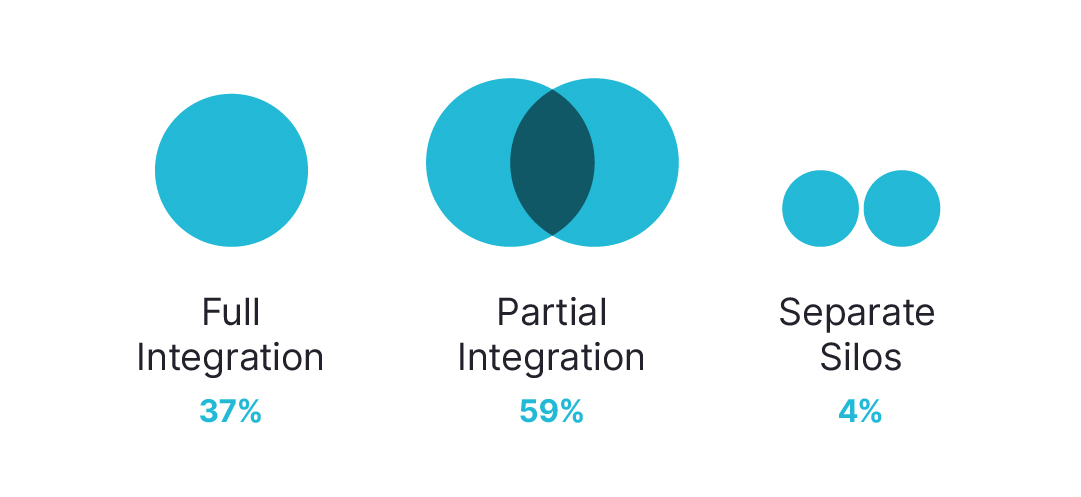
For the first time this year, we asked our cohort how well integrated the communications function is within their business with the wider area of marketing. Only 4% said comms was in a complete silo and not at all integrated. The majority – 59% – said the function was somewhat integrated with the extended marketing team, while 37% said communications was completed integrated with the rest of the marketing function.
For what reasons does your team use data and analytics?
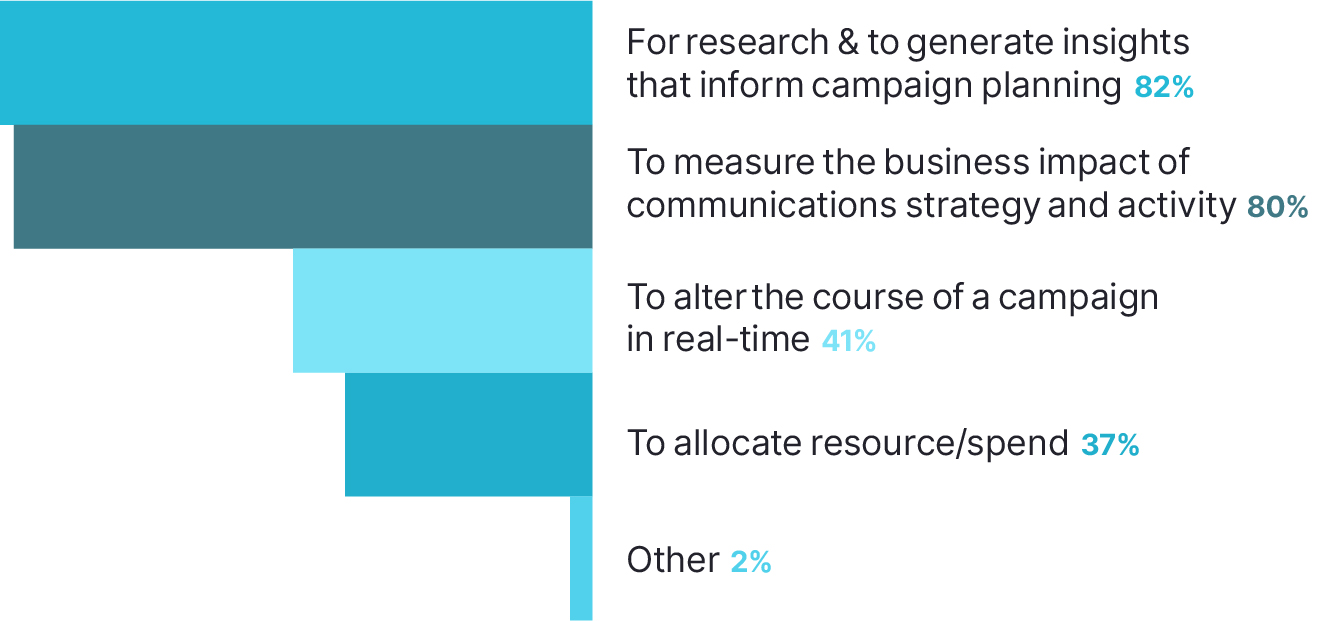
We asked the Influence 100 how they use data and analytics within the marketing and communications function. There was another sharp drop in the number of those who said they use data to allocate resource and spend: 37%, down from 49% last year and 65% in 2019. The most popular response was again those who said they use data and analytics for research purposes and to generate insights that inform campaign planning: 82%.
Only 41% said they use data and analytics to tweak campaigns in real time, compared to 58% last year, and there was also a drop in the number who use data and analytics to measure the business impact of communications strategy and activity: 80%, down from 87% last year.
Is public relations responsible for demand generation at your organization?
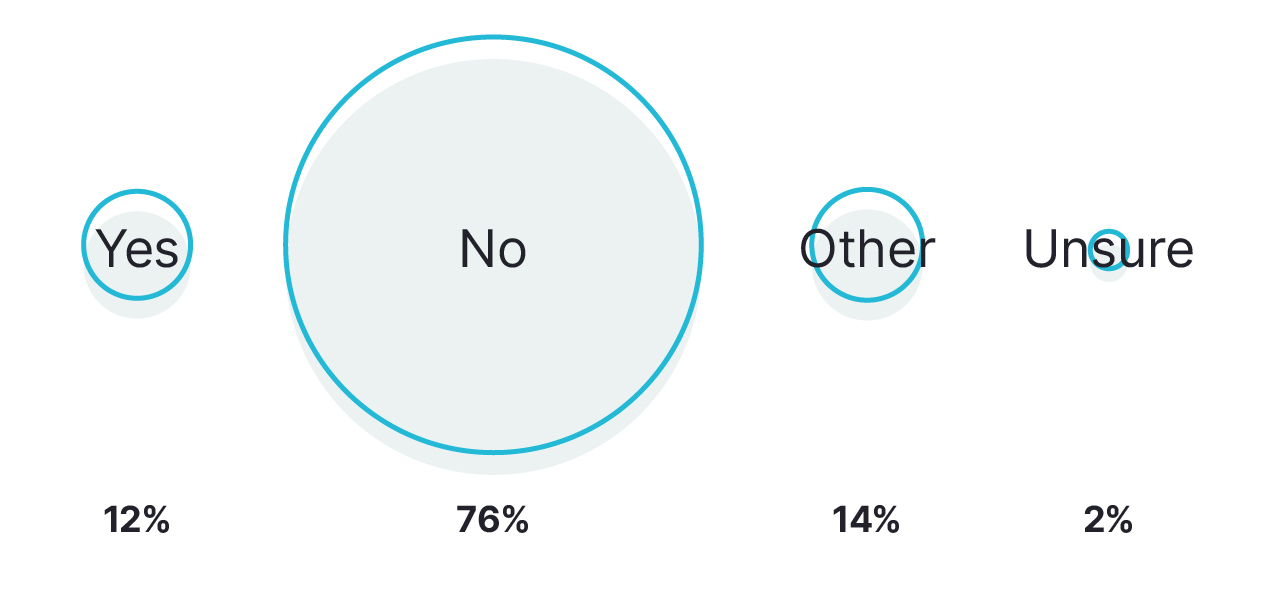
We again asked CMOs and CCOs whether PR is used for demand generation within their organisation. In other words, is there a direct link made between comms and business results? In line with the low response to sales being seen as a success measure for PR in the question above, and despite a great deal of effort within the industry in recent years on showing that PR can do just that, there was another significant drop in the number who said yes, from 24% last year to 12%, compared to 31% in 2019.
There was a corresponding hike in the number saying no, from 60% to 76%. There were other responses from 14% of our cohort, including: “Not a key result area but generally a desired outcome”; “Lead generation is not the primary focus for PR except in the B2B parts of the business”; “We assist but it’s not our primary function”.
Has employee engagement been a bigger part of your department's role this year?
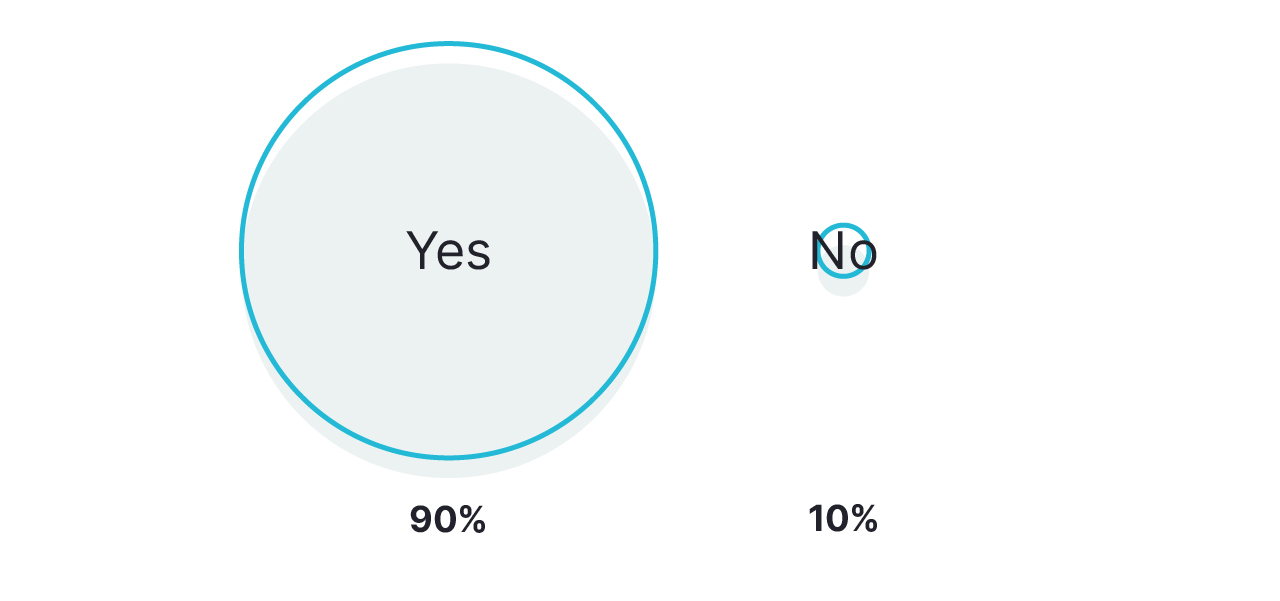
Employee engagement was front and centre in 2020 as the world went into lockdown and the working environment shifted dramatically for so many people. Last year, 89% said that employee engagement had become a bigger part of their department’s role, and it seems that the focus on communicating with internal teams has continued, with 90% again agreeing this year.

 Podcasts
Podcasts Videos
Videos Profiles & Interviews
Profiles & Interviews Crisis Review
Crisis Review Coronavirus
Coronavirus Trend Forecasts
Trend Forecasts Social & Digital
Social & Digital Technology
Technology Consumer
Consumer Employee Engagement
Employee Engagement Sports Marketing
Sports Marketing  Global PR Agency Rankings
Global PR Agency Rankings Agencies of the Year
Agencies of the Year Innovator 25
Innovator 25 Creativity in PR
Creativity in PR Asia-Pacific Communication Index
Asia-Pacific Communication Index SABRE Awards
SABRE Awards PRovokeSummit Global
PRovokeSummit Global PRovoke Media Regional Series
PRovoke Media Regional Series Agencies of the Year
Agencies of the Year Roundtables
Roundtables Agency Playbook
Agency Playbook.jpg) All Jobs
All Jobs
 PRovoke Media has carried out several tranches of global research over the past 18 months into the ongoing effects of Covid-19, and we again specifically asked the Influence 100 sample of senior in-house professionals what they felt were the biggest communications challenges faced by their organisations now.
PRovoke Media has carried out several tranches of global research over the past 18 months into the ongoing effects of Covid-19, and we again specifically asked the Influence 100 sample of senior in-house professionals what they felt were the biggest communications challenges faced by their organisations now.
 Diversity, equity and inclusion has continued to be a spotlight theme for the industry this year, but last year’s dramatic shift in what CCOs require of their PR agencies, and how committed they think the industry is to diversity, has somewhat slowed down.
Diversity, equity and inclusion has continued to be a spotlight theme for the industry this year, but last year’s dramatic shift in what CCOs require of their PR agencies, and how committed they think the industry is to diversity, has somewhat slowed down.  As the business world’s focus on being better corporate citizens continues, this year we asked the Influence 100 for the first time what kinds of work in the area we might call “social good” they thought would be important for the communications function in the year ahead. The top response, as we head towards COP26 and as the material impact of the climate crisis makes itself felt around the world, was environmental sustainability, with 29% of responses. The oft-mentioned brand purpose will be a priority for 25% of our influencers, while DE&I efforts will be important for 18%. Corporate giving, once the mainstay of business’ social conscience, was only seen as the most important area for 2% of the Influence 100. A further 25% said they anticipated that all of the options would be important for their communications function in 2021.
As the business world’s focus on being better corporate citizens continues, this year we asked the Influence 100 for the first time what kinds of work in the area we might call “social good” they thought would be important for the communications function in the year ahead. The top response, as we head towards COP26 and as the material impact of the climate crisis makes itself felt around the world, was environmental sustainability, with 29% of responses. The oft-mentioned brand purpose will be a priority for 25% of our influencers, while DE&I efforts will be important for 18%. Corporate giving, once the mainstay of business’ social conscience, was only seen as the most important area for 2% of the Influence 100. A further 25% said they anticipated that all of the options would be important for their communications function in 2021.


 We again asked CMOs and CCOs whether PR is used for demand generation within their organisation. In other words, is there a direct link made between comms and business results? In line with the low response to sales being seen as a success measure for PR in the question above, and despite a great deal of effort within the industry in recent years on showing that PR can do just that, there was another significant drop in the number who said yes, from 24% last year to 12%, compared to 31% in 2019.
We again asked CMOs and CCOs whether PR is used for demand generation within their organisation. In other words, is there a direct link made between comms and business results? In line with the low response to sales being seen as a success measure for PR in the question above, and despite a great deal of effort within the industry in recent years on showing that PR can do just that, there was another significant drop in the number who said yes, from 24% last year to 12%, compared to 31% in 2019.  Employee engagement was front and centre in 2020 as the world went into lockdown and the working environment shifted dramatically for so many people. Last year, 89% said that employee engagement had become a bigger part of their department’s role, and it seems that the focus on communicating with internal teams has continued, with 90% again agreeing this year.
Employee engagement was front and centre in 2020 as the world went into lockdown and the working environment shifted dramatically for so many people. Last year, 89% said that employee engagement had become a bigger part of their department’s role, and it seems that the focus on communicating with internal teams has continued, with 90% again agreeing this year. 